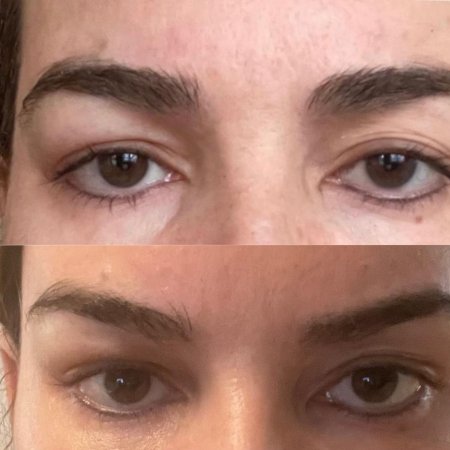
Depending on the type and severity of your spasticity, injections of toxin may be used to treat symptoms such as movement disorder, hyperhidrosis, or spasticity. The toxin can have an effect on the muscles for three to five months. The time taken to get the toxin out of your muscles is affected by several factors. These include the size of your muscle, the level of spasticity and the type or treatment that you received.
Spasticity treatment
Many studies have shown positive results from botulinum-toxin treatments for spasticity among patients with cerebral palsy. The effectiveness of the treatment is dependent on many factors, such as muscle selection, age, along with accompanying therapy. In a phase III clinical trial, letibotulinum toxin A was more effective than placebo. Secondary analyses focused on the number injections. The measure of effectiveness was defined by a change in spasticity ratings.
Botulinum Toxin injections usually begin to work after two weeks. One injection of botulinum can produce a lasting effect that lasts up to six month, though the effects fade after a few weeks. To maintain the effect, several injections may be necessary. To maximize its effect, patients may also require physical therapy and occupational therapy.

Hyperhidrosis can be treated
Botulinumtoxin type A injections local to the area have been shown to be effective for treating primary hypohidrosis. You can repeat these injections for as long as six months to achieve the desired results. This treatment is cost-effective and affordable. This treatment offers several advantages over other options, such as safety and a quicker recovery time.
Primary focal hyperhidrosis can often be treated with symptoms that are unsatisfactory. Botulinumtoxin A is injected under skin to block the release acetylcholine, a neurotransmitter which mediates sympathetic nervetransmission in sweat glands. Botulinum Toxin A has shown remarkable results in cases of excessive sweating.
Treatment for movement disorder
The use of Botulinum toxin for movement disorders has recently received positive results in patients with various types of movement disorders, such as focal dystonia and spinal myoclonus. The size and location of affected muscles, along with the method of administration, will determine the effectiveness of the treatment. This article will discuss the effectiveness of the medication, its indications and the research that supports it.
Botulinumtoxin is used to treat various movement disorders. It can be used for cervical dystonia or generalized dystonia. Both are caused by overactive neck muscles and generalized dysfunction, which affects all muscle groups. The treatment can also be used for symptoms associated with young-onset Parkinson’s disease like motor fluctuations and dyskinesias. The treatment of tremor as well as disorders like drooling/ constipation are some other uses for the toxin.

Botulinum Toxin Safety
Botulinumtoxin type A (Botox), a neurotoxin, inhibits acetylcholine formation by inhibiting the docking acetylcholine-vesicles at a cell membrane's inner surface. This prevents the acetylcholine to reach neuromuscular Junctions, which causes contraction of muscle fibres. The result of this toxicity is a decrease in muscle tone.
Similar results were seen in the Vancouver scare scale (VMS), and visual analogues scale (VAS). The MD of scar width was -1.06 (99.5%CI: -1.10 to 0.022). In the other study, only one botulinum injection resulted in a scarring of 0 mm. There were no significant differences among treatments. Although the new study's design is promising it will be necessary to continue research on different doses and variations between pre-surgical and after-surgical injection periods.